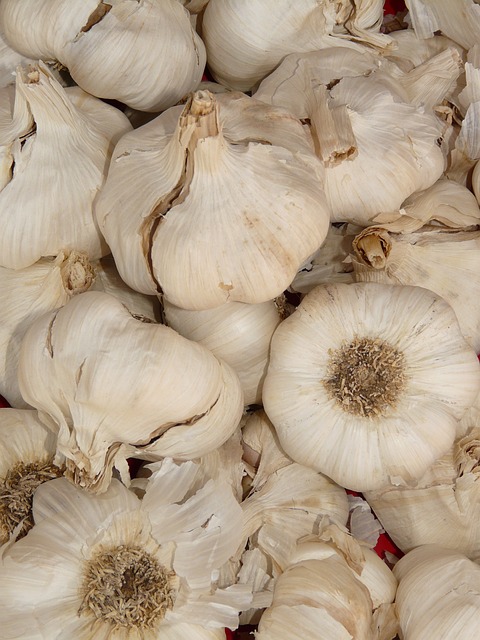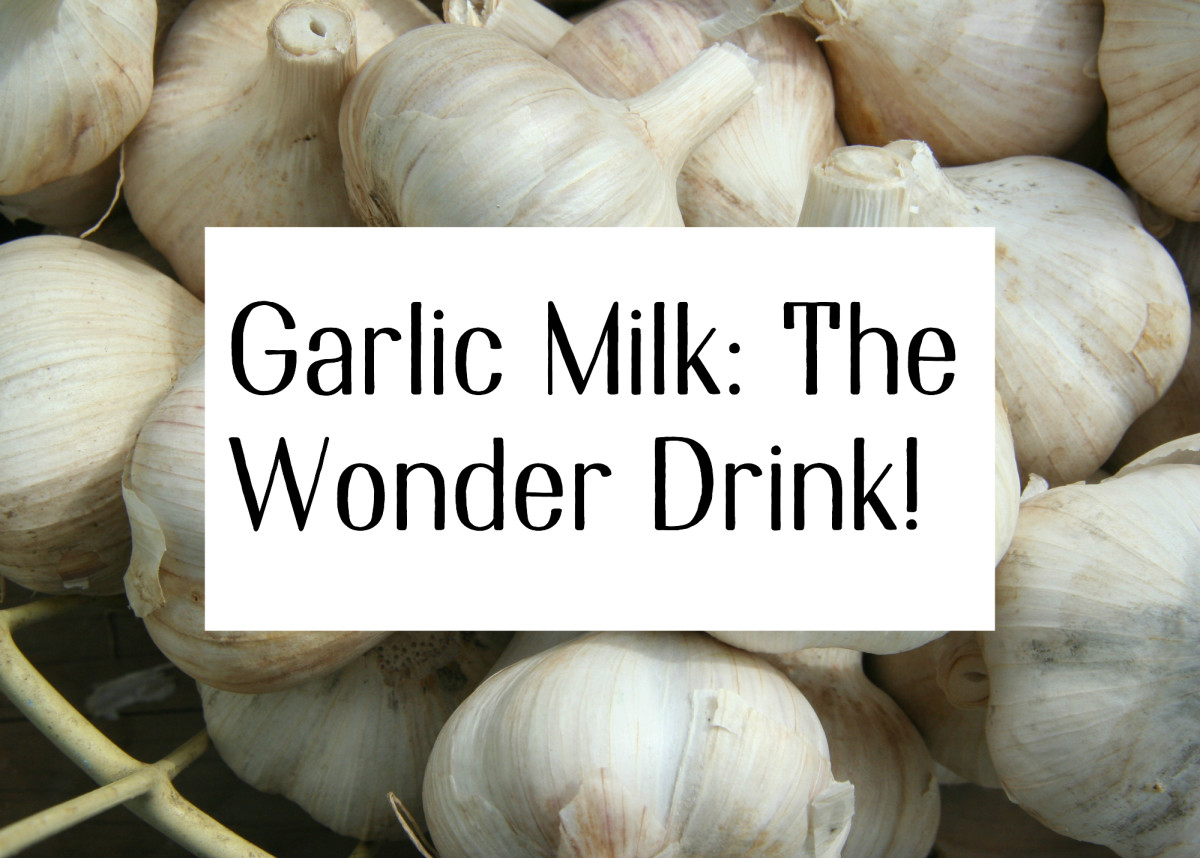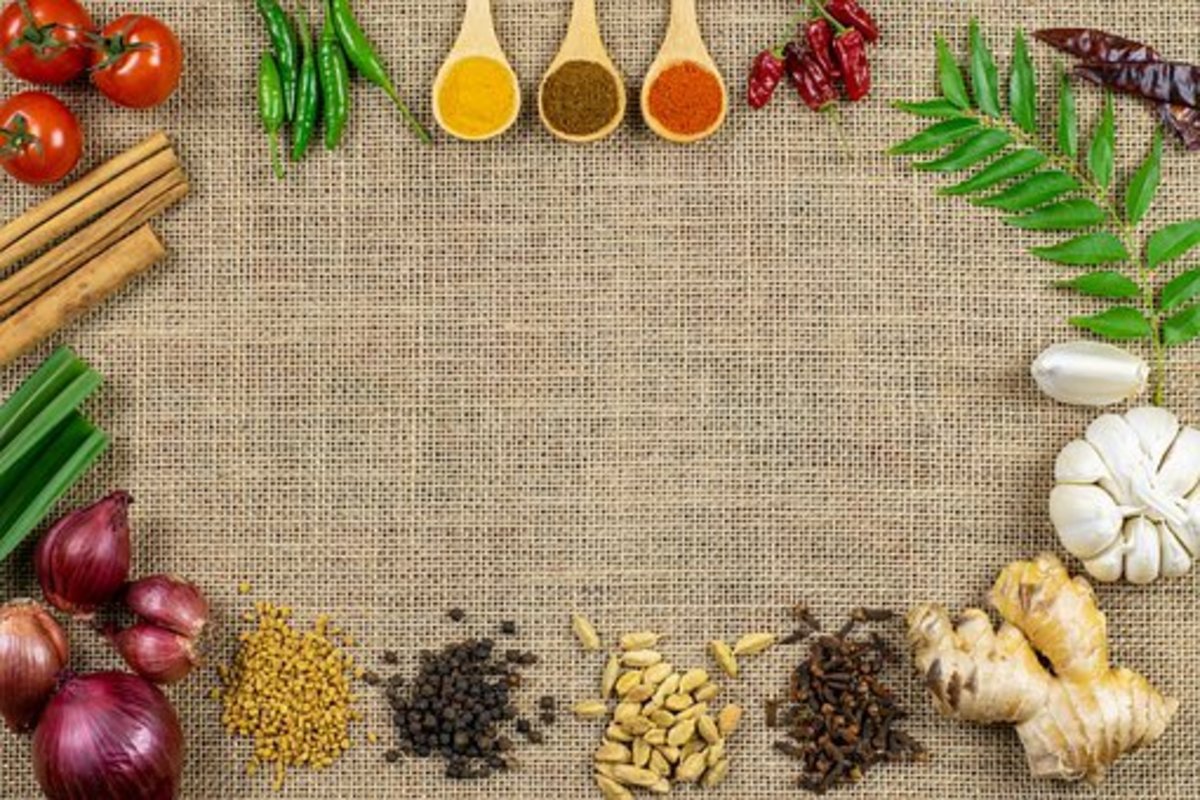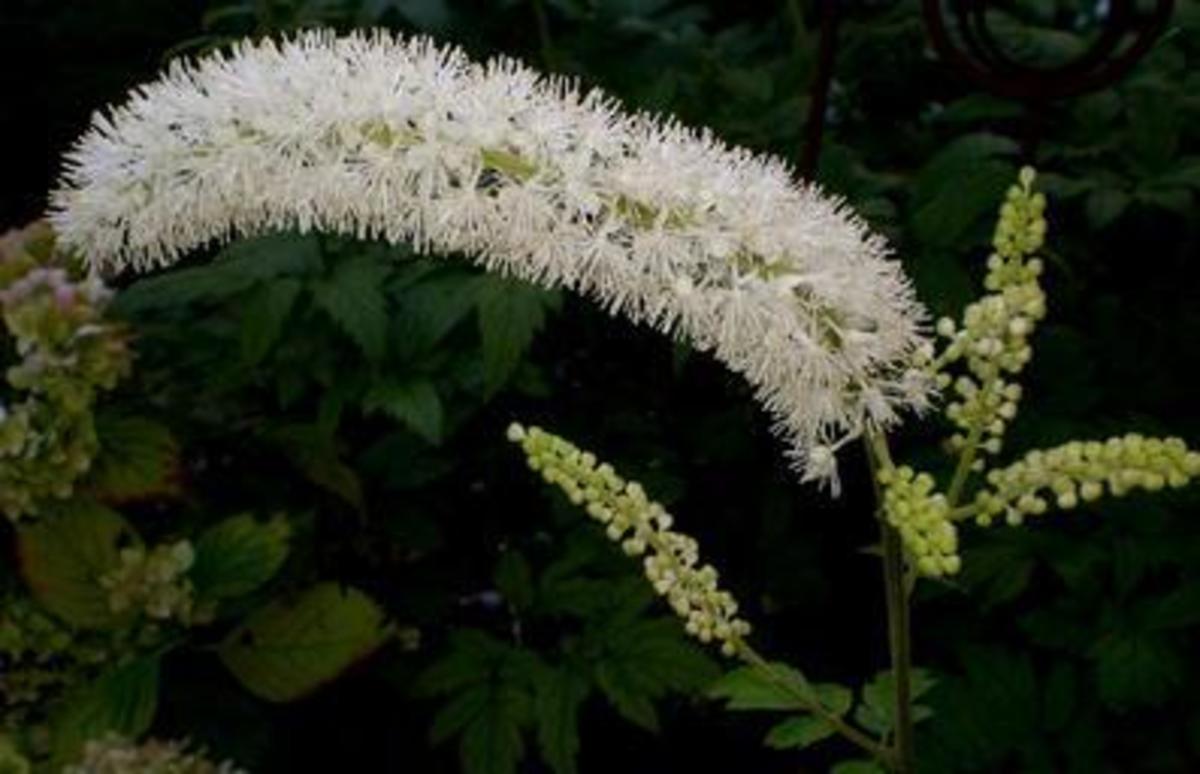Herbs for infections and other short term problems

In many countries herbs are still the first treatment of choice, the "little medicine" as the Native Americans called it. "Big Medicine" or western-style prescription medicine and "Cutting Medicine" or surgery were used as second and third resorts. Today, after many years of foregoing herbs medicinally, there is a trend back to it, because of the over-use of anti-biotics which has created stronger strains of bacteria and viruses and because, in general, many people want to take back the reins of health care decisions.
Included here is information that has proven effective many times over. Just as we don't usually call a doctor before using soap and water or an antiseptic or an over-the-counter pain reliever, we might want to make ourselves aware of these options.
Acute conditions
Trauma
Cayenne: a pinch on the lips or in a little water to sip helps maintain equilibrium when dealing with emotional and/or physical shock. KEEP SOME IN YOUR CAR! Works on animals too.
Bleeding cuts
Cayenne again. Because it is a powerful astringent, it works as a styptic to stop bleeding. When I accidentally slice my finter along with the salad, I shake some dried cayenne (chili) powder into a saucer, and place my finger on it, cut side down. It the bleeding diminishes immediately, and a second dose usually stops it all together. When I am sure the bleeding has stopped, I gently wash off the caked cayenne, and continue with treatment.
External
Healing open wounds with herbs
Accidents that cause open wounds seem to be a fact of life, especially in hazardous job or hobby situations or with children.
Options for Herbal Treatment include:
Sterilizing with
1. Cut Garlic clove, crushed garlic steeped in warm oil, garlic and Vaseline poultice in cheesecloth, garlic tisane, garlic and echinacea powder or oil, garlic in warm honey.
2. Calendula salve. Calendula is the herb specific for many skin problems, such as chicken pox, herpes, etc as well as minor cuts, rashes, burns ... Highly antiseptic. Its antispectic ability saved many World War I soldiers from gangrene.
3. Honey, honey warmed with garlic, etc.
People Paste:
1 part Golden Seal Powder, 1 part Myrrh Powder, 1 part Slippery Elm Powder
Keep a prepared mix on hand. Sprinkle on or mix with a carrier and apply. Can be taken internally in tea...1 tsp per cup of water...excellent gargle for sore throat.
Comfrey Root Powder or Comfrey Leaf (fresh or dried...and crumbled)
with enough:
Dried Oats
Honey and/or Aloe
Yogurt, Milk, and/or Spring water to form a paste.
Apply to wound and wrap or hold in place with gauze. Wrap with plastic wrap to hold heat in. Good for cuts, hammer bangs, insect bites, etc. This is my favourite first choice. I can't tell you how many times a friend has come over with a cut, bruise, abbrasion, and said, "Do you have any of that comfey stuff?'" Comfey is a good name, because inevitable, we're both amazed when the discomfort stops almost immediately upon using this paste. Each time I think to myself, "Nah, it won't work again," but each time, this wonderful herb that grows (invasively) in semi shade and moist well-drained soil (mine is under a plum tree in front of the house) does the job again.
Comfrey Root Powder and Spring water, applied and left to harden has been used to enhance healing. Comfrey itself encourages cell growth and the knitting together of human cells, and therefore is a unique aid in healing, as long as the wound is absolutely clean. The concern is that it shouldn't heal skin over a site that is still germy or festering. It is believed that Comfrey Root taken internally will enhance the healing, but there is presently some concern about the possibility that Comfrey might be carcinogenic taken internally in large amounts.
Herbal treatments for bruises
1. Comfrey treatment above. A fresh comfrey leaf, chopped up and bruised, is highly effective, although it has little spiny hairs that might be irritating. In an emergency, I use anyway!
2. Raw or baked Onion applied externally to bruises, black and blue marks, inflammation, resulting from accumulated blood, swelling, as in broken ribs, toes, etc.
Swelling will not occur where onion has been applied. Apply immediately, but effective on old wounds also.
Upper respiratory infections
Prevention
Daily tonic during cold and flu season
1/2 to 1 teaspoon honey in
1/2 cup warm water or juice
1/2 to 1 teaspoon apple cider vinegar
several grains to 1/4 teaspoon cayenne powder
Put on some de-stress music, take 3 de-stressing breaths, create your sacred space, sip and rejuvenate.
Colds and Flu are usually yin energy. Supply heating yang energy with these ingredients:
Fresh, uncooked lemon juice
Garlic
Apple cider vinegar
Cayenne powder
Ginger
Horse radish
1. Tomato-Garlic-Onion Salad with Lemon juice/Vinegar/Honey dressing.
2. Hot Lemonade. Mmm. Add Freshly squeezed lemon jjuice to hot water. Add ginger slices and honey.
3. Add to a cup of hot water or herb tea a clove of chopped garlic, chopped onion, cayenne powder, and/or honey. Take a sip or spoonful every hour.
4. Beets. Carrots...(blood purifiers, vitamins, etc.) Beets and/or Carrot Juice
Cough tea
For 1 quart of tea:
1/2 Tablespoon Wild Cherry Bark
1/2 Tablespoon Slippery Elm Bark
Simmer in 2 cups of water for 20 minutes and strain. (The barks can be dried, saved, and used a second time.) The aroma from this brew, by the way, is just heavenly.
To the strained tea, add the following, cover, and allow to sit an additional 10 minutes before straining:
A total of 1 to 2 teaspoon of one or a combination of the following dried herbs:
Sage leaves, dried (for inflammation of mouth, throat, tonsils. Avoid during pregnancy)
Thyme leaves dried (for laryngitis, tonsillitis, sore throats, coughs)
Honeysuckle or Marsh mallow flowers (for soothing and nurturing throat membranes)
Elecampane root (optional for bronchial coughs, bronchitis, asthma, etc.)
(The medicinal quantity recommended in herb books is a total of 1 ounce of dried herbs to 1 pint of water, much stronger than the dose given here. I use only 2 teaspoons to a pint of water, and find it effective, but most herbalists would not think that was strong enough. During an acute condition, it is usually recommended to drink about 1/4 cup about six times a day.)
Steep in strained water. Add pinch of cayenne, cinnamon stick and honey to taste, if desired.
Vaporizor for breaking up mucus congestion
Add to a pot of boiling water 1 or more of the following:
Sage leaves, rosemary leaves, thyme leaves, tea tree oil, eucalyptus, pine tincture
(If herb leaves are not available, use a few drops of the essential oils.) Start with very small amounts. You can always add more. You want to add only enough to do the job. My choice is Sage, Rosemary, and/or Tea Tree Oil.
Cover the head with a towel, and carefully lean over and inhale the vapors. Use extreme caution to avoid a steam burn. Never allow children to do this unsupervised.











